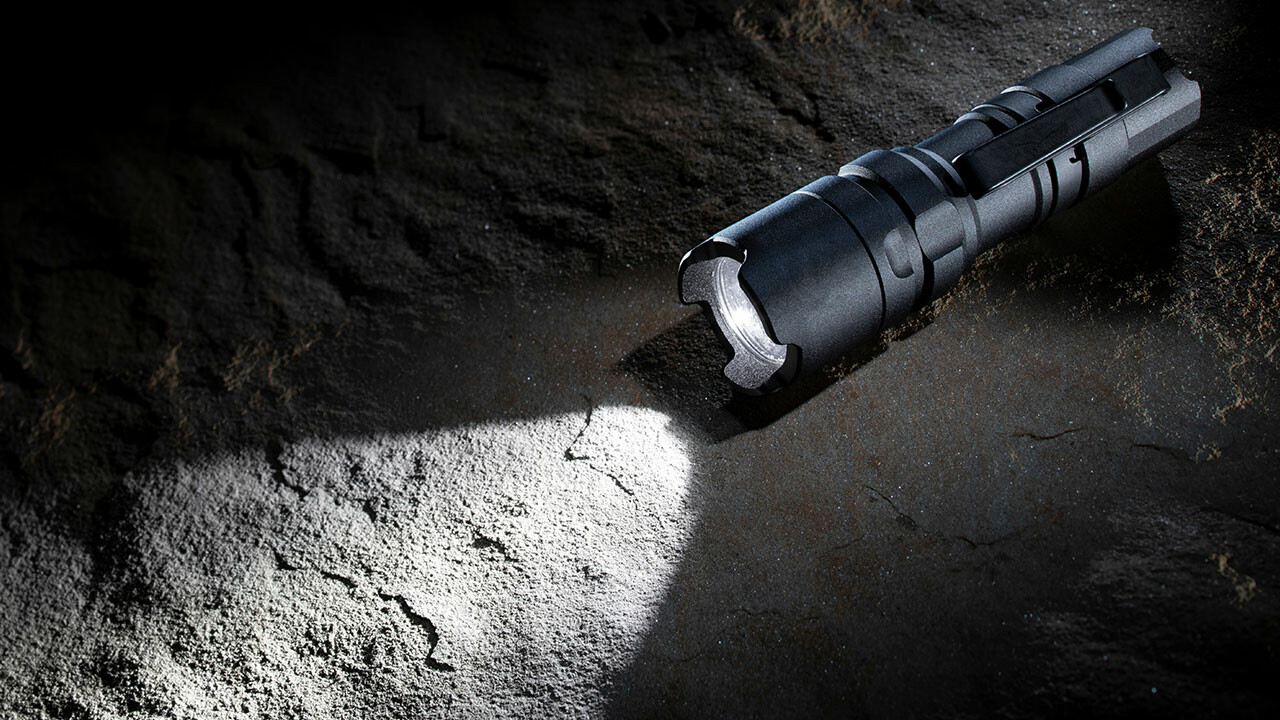
Product Spotlight: Flashlights!
Flashlights are an indispensable tool for most of us, especially at this spooky time of year. Here's how they've evolved over the years.
Rick Cundiff
There’s probably no such thing as a universal tool, but a flashlight is likely to come pretty close. If you’re reading this, you almost certainly have at least one flashlight in your car, your home or your office, without even counting the one in your smartphone.
Small wonder, because they are indeed small wonders. Flashlights are a must in places where weather can cause power outages, such as our home base in Florida. They’re indispensable if you have car trouble at night. And of course, they’re ideal for reading scary stories under the covers and telling spooky tales on camping trips.
In fact, flashlights are so common that we take them for granted. They’re one of those simple things that have always been a part of our lives. But you might be surprised by the history of ongoing innovation and invention flashlights represent.
Before the Flashlight, The Fire
Before flashlights came along, the only sources of portable light involved fire. Candles, torches and oil lamps were pretty much the only possible sources of light that could be carried. While they were a vast improvement over stumbling in the dark, they had their problems. They didn’t provide steady light, and with open flames, could be dangerous and hard to control. Those were the only options for centuries.
New Technology, New Possibilities
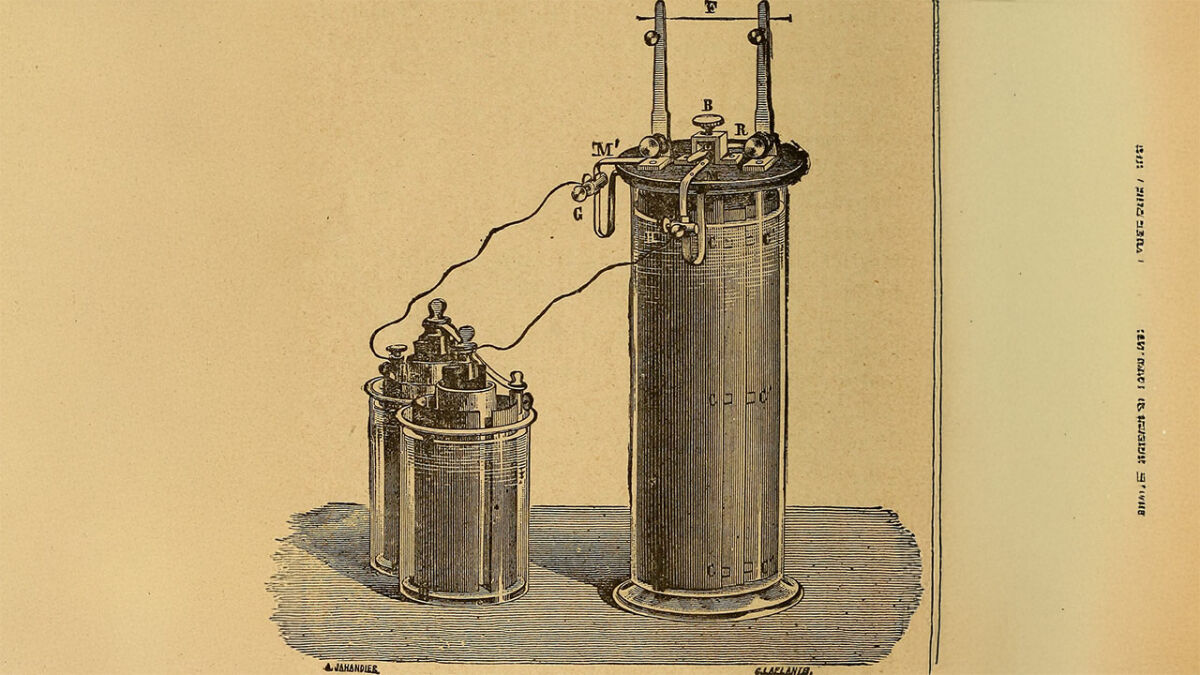
The Industrial Revolution brought new developments. While they couldn’t help with lighting right away, over the course of the 19th century, they made major changes possible.
Electricity, of course, was the game-changer. In 1800, Italian physicist and chemist Alessandro Volta invented what’s considered the first electric battery.
Others followed suit, and battery power progressed to where it could power telegraph equipment. But those early breakthroughs still had their limitations. Because they contained hazardous liquids inside, they couldn’t be used for any kind of mobile application.
Decades of experimentation took place to create a more convenient battery. Scientists tried many different materials including sawdust, spun glass, gelatin, cellulose, and even asbestos.
A Breakthrough – The Dry Cell Battery
In 1886, German inventor Carl Gassner patented a battery that came to be known as the dry cell because it didn’t include a liquid electrolyte inside. It didn’t leak, and could be used in any position. This zinc-carbon battery, with some modifications, is still manufactured today.
The Next Component – The Light Bulb
Thomas Edison patented the first practical incandescent electric light bulb for mass production in 1879. That led to the development of many sizes of bulbs, including small ones capable of being powered by batteries.
Finally, The Flashlight
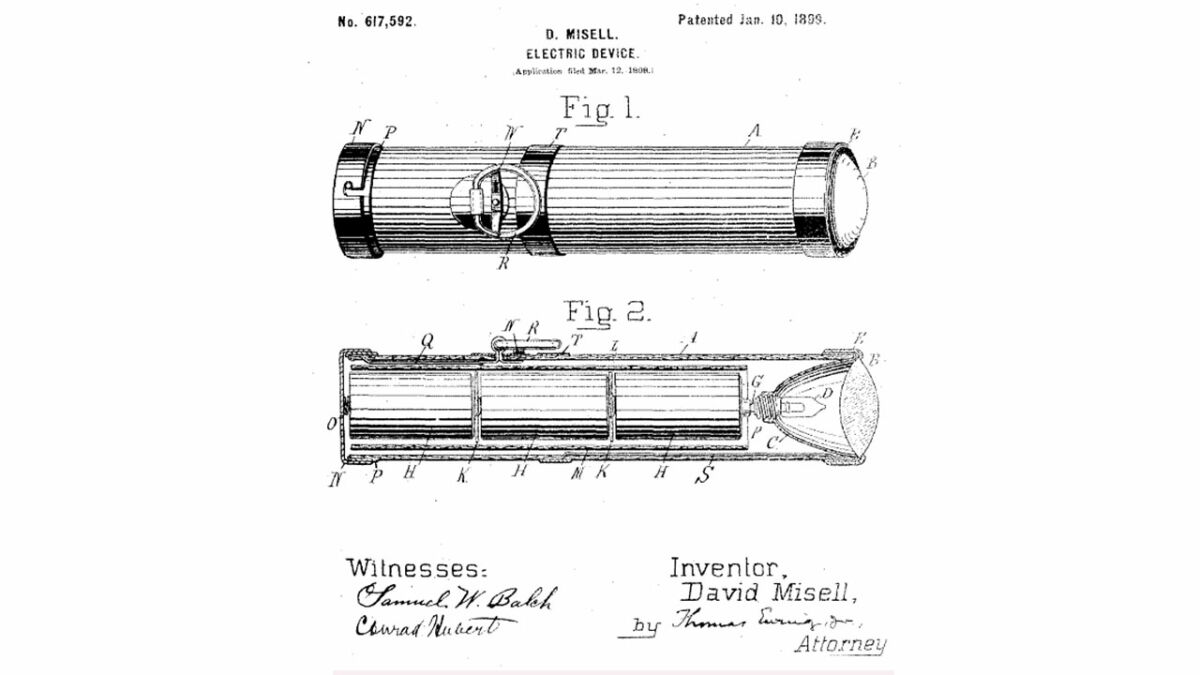
David Misell, a British inventor, created the first flashlight in 1899. It was similar to the standard type we use today, containing an incandescent bulb and three D-size dry cell batteries in a tubular shape. He called it an “electric torch,” a term still common in Britain today.
In the United States, it became known as a flashlight for a simple reason. Early batteries didn’t have enough power for continuous use, so it was used for brief flashes. As battery technology improved rapidly over the decades, that ceased to be the case.
As for Misell, he soon sold the rights to his invention to the Eveready battery company, which we know today as Energizer.
The 20th Century – The Flashlight Evolves
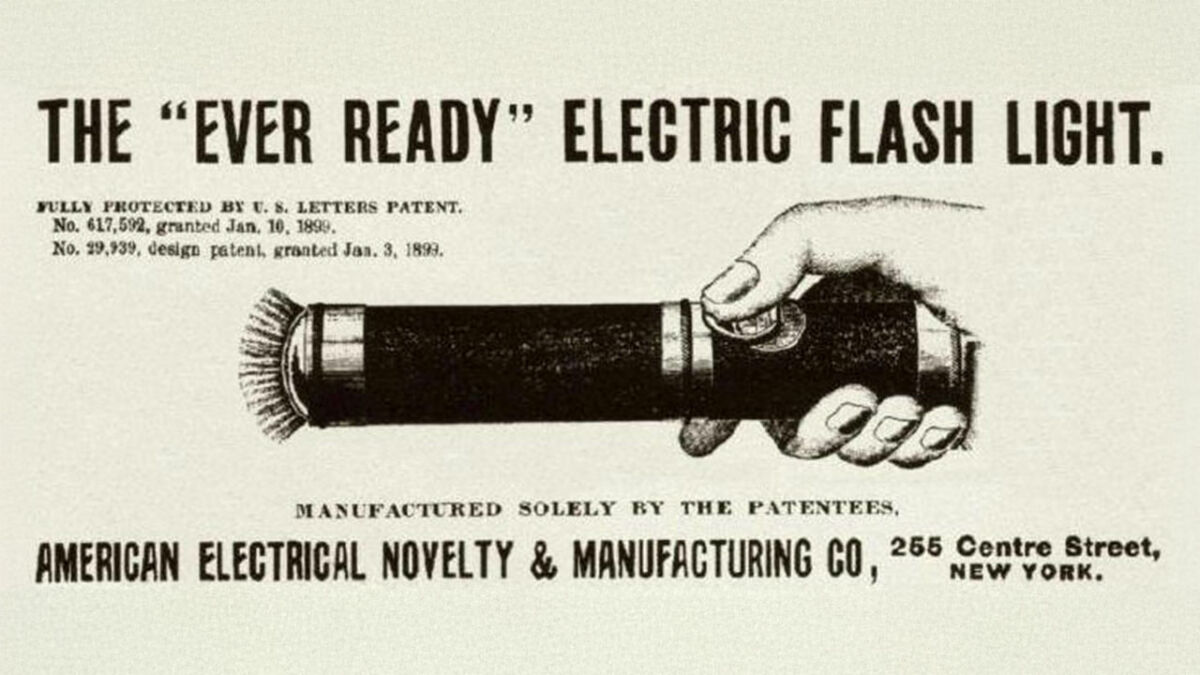
Flashlights are a relatively simple technology. They have, however, progressively improved over the years.
By the 1920s, flashlights were popular items to have in the home. They were useful for emergencies and necessary tasks after dark.
Even before then, what had started out as simple cylindrical tubes began to take different shapes. In the preceding decade, underground miners began using electric lamps, often mounted on their caps.
These lamps, although imperfect, were far safer than the open-flame lamps that had been used previously. The electric lamps greatly reduced the likelihood of a spark-triggered explosion of methane or other gases in the mines. (Incidentally, Volta, the same scientist who created the first battery, also discovered methane.)
Military needs in World War II for rugged, task-specific flashlights led to further innovations. These included custom shapes, rugged materials, improved water resistance and even color filters to allow soldiers to use them without showing the enemy their position.
The 1960s – Let There Be Light(er) and More Power
Early flashlights were handy devices, to be sure. Made of metal, however, they tended to be heavy and bulky. By the 1960s, plastic materials were lighter, durable and less expensive.
Battery technology also improved. Alkaline batteries allowed greater light and longer battery life. Later in the decade, rechargeable batteries became more common, enabling more light, longer working times, lower costs and less environmental waste for flashlight users.
The 1970s – Enter the Maglite
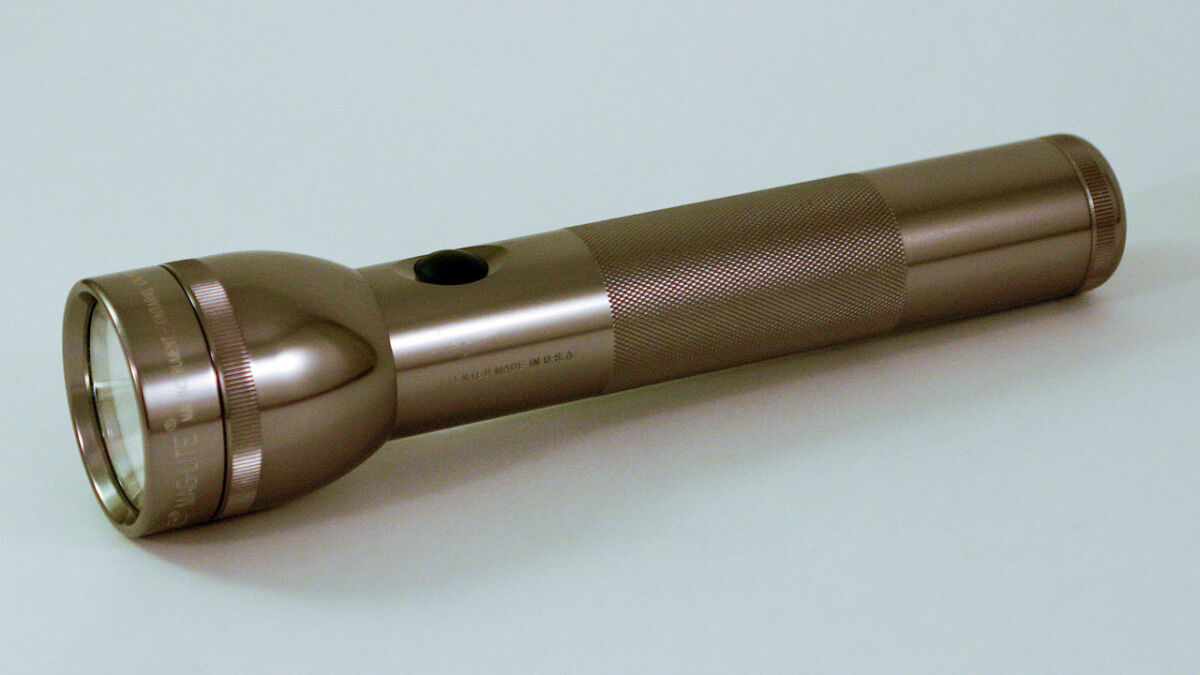
In 1979, a new entry in the flashlight world appeared. With a body of anodized aluminum, a bright light, and a focus adjustable from a wide area to a narrow beam, the Maglite became an instant hit.
The rugged nature of the Maglite made it a popular choice for first responders, including police. The flashlight’s solid heft makes it usable as a nightstick in extreme situations, although that use is controversial.
Introduced as a two-cell light using xenon or krypton bulbs, the Maglite product line has since expanded to include multiple sizes, and features LED bulbs.
The 21st Century – LED Bulbs
By the early 2000s, a new technology arrived. Light emitting diodes had been invented years earlier, but their initial cost of production made them too expensive to be practical for flashlights.
With greater economies of scale, that soon changed. Their inherent advantages over incandescent bulbs – brighter, cooler operating, and far greater efficiency made them an obvious choice for both general lighting and flashlights. They also allow great flexibility in light shapes and sizes.
LED lights also allow for the everywhere flashlight – the one built in to virtually all smartphones and many tablets sold today. It’s now possible to have a flashlight at your fingertips wherever you go. Better still, it’s part of a multifunctional device that does many things in a single compact package.
Promotional Flashlights
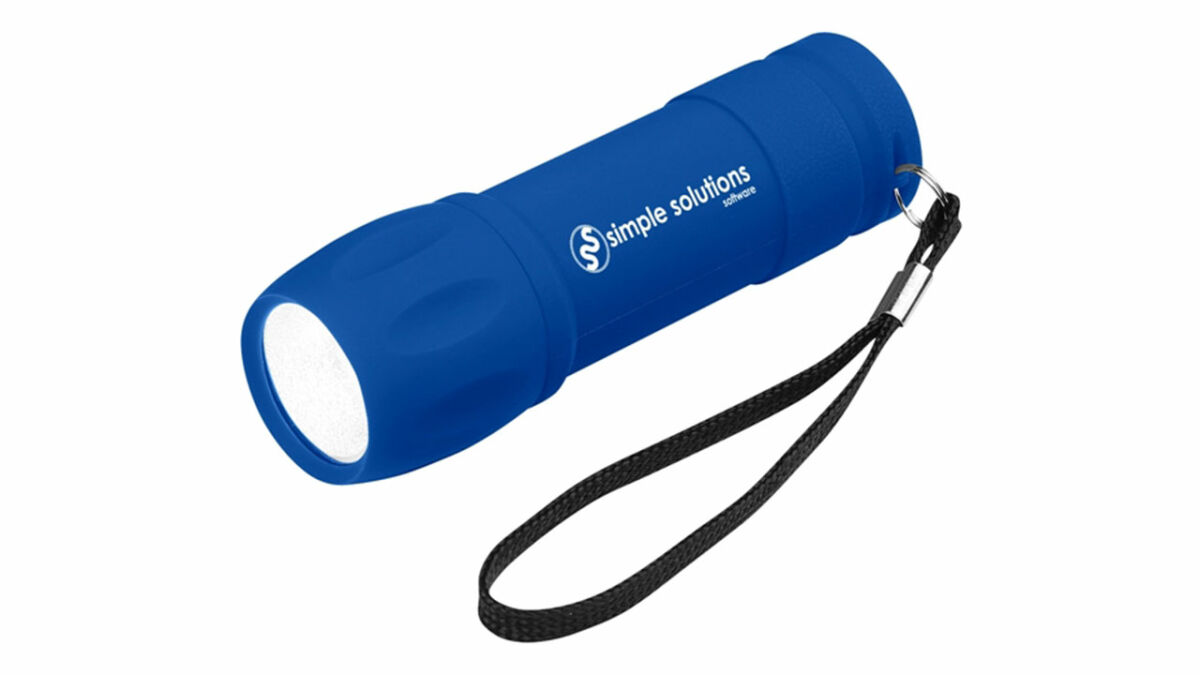
Custom promotional flashlights are available in virtually any size you need, from keychain to multi-cell heavy duty. Why not put your logo on a promotional item your customers and prospects will use frequently and see often? The keychain and penlight ones make excellent giveaways for conventions, trade shows and conferences.
If you’d like to find out more about promotional flashlights, call or email us. We’ll show you how brilliant they can be as a way to promote your brand!
Rick Cundiff
Content Director, Blogger
Rick Cundiff spent 15 years as a newspaper journalist before joining TJM Promos. He has been researching and writing about promotional products for more than 10 years. He believes in the Oxford comma, eradicating the word "utilize," and Santa Claus.
